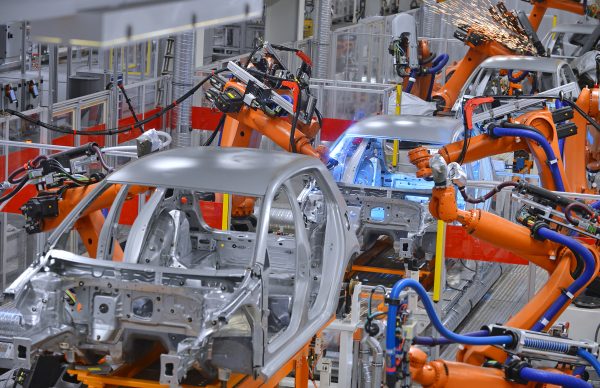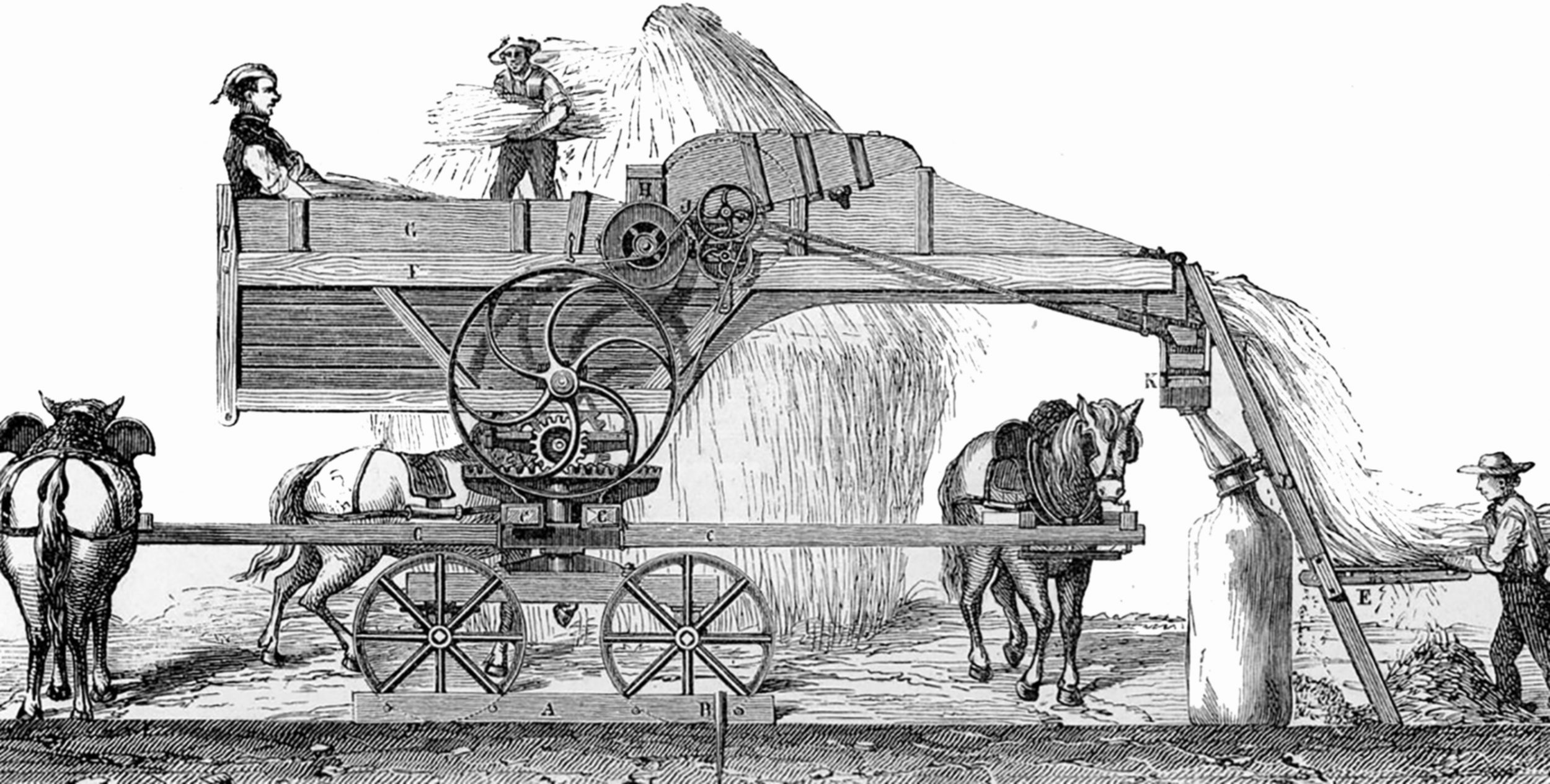Robots and artificial intelligence have the potential to change the way we make and use things. This transformation pervades through the entire production chain, changing the way we will live and work in the future.
Mark Knell, Research Professor, NIFU, mark.knell@nifu.no
We are currently in the deployment period of the digital revolution, which originated with the transistor in 1947 and the microprocessor in 1971. The transformative character of these events led to the development of personal computers, digital control instruments, software, and application of integrated circuits in a wide variety of products and services. And more recently, robotics, artificial intelligence, computerized algorithms, mobile sensors, 3-D printing, and unmanned vehicles are transforming human life.
Five technological revolutions
There have been five successive technological revolutions since Richard Arkwright took the mechanical spinning machine and then placed it in a first water-powered mill in 1771 in the English village of Cromford (see article in Forskningspolitikk no. 3/4, 2017). This technology mechanized the cotton industry, which led to a rapid growth in productivity, and the subsequent industrial revolution. Yet, radical technological change also produced a fear of technological unemployment.
The Luddite (1811-16) and Captain Swing (1830-32) riots were examples of such protests. Academic controversy has continued until recent times, despite Schumpeter’s declaration that the «compensation» debate was «dead and buried».
Do robots take our jobs?
The digitization and digitalization of the economy in recent years has rekindled the debate on whether the introduction of robots and artificial intelligence will cause permanent high levels of unemployment, as well as inequality, social exclusion and social unrest.
Economists going back to at least the time of Adam Smith were also concerned with the employment effects of technological change and stagnation. Almost all of them agreed that the introduction of a new technology resulted in unemployment over the short run, but there was no universal agreement on the long-term effect of the new technology. Technological unemployment increases most rapidly in the carrier branches that are directly related to the new core inputs, and it tends to decline in those industries that have reached maturity.

Long-run imbalances, especially those related to labour saving innovations, could engender long-term unemployment, or what is sometimes called technological unemployment. Smith (1776) believed that machines and workers were complementary to each other, and that workers will not be displaced.
David Ricardo (1817) argued that these workers might not be reabsorbed very quickly. In the third edition of the Principles, Ricardo raised the question whether technical progress improved people’s prosperity or whether it led to long-term unemployment.
His prognosis was rather pessimistic as new and better machinery (technical progress) meant that workers would lose their jobs, at least temporarily, assuming that demand remained unchanged.
By contrast, Malthus (1820, 1827) believed that economic crises were characterized by a general excess supply caused by insufficient consumption. Demand factors would then explain whether displaced labour would be reabsorbed in the economy.
Labour displacement effects
Theorists, since Ricardo, distinguish between the labour displacement effect arising from technical change and the conditions required to guarantee the eventual absorption (compensation) of displaced workers.
Compensation theory asserts that free market mechanisms will reemploy labourers who have been displaced from their jobs by new technology. By contrast, displacement theory asserts that the conditions for compensation are not fulfilled sufficiently, if at all. The important theoretical consideration is whether the market provides for an endogenous (internal) mechanism that ensures compensation.

How long these workers remain unemployed will depend on a variety of «compensating mechanisms» that make it possible for workers to be reemployed either with the same occupation or in a different branch of production. Any resulting unemployment will then be due to the balance between displacement and compensation. Classical economists like Smith, Ricardo, Malthus, Mill and Marx differed about the extent of compensation that they considered possible.
Still a need for workers
In the 1980s, Leontief and Duchin (1986) provided a detailed study of automation that adopted a dynamic input-output approach to project alternative paths of economic growth and technological change between 1980 and 2000. They concluded that workers would not become obsolete; rather, the introduction of new digital technologies will be much less disruptive than originally thought.
Kalmbach and Kurz (1990) carried out a similar study of digital technologies on employment in the West German economy and found that compensation mechanisms were present, but they were unable to fully compensate for the initial labour displacement as technology defused through the economy. In a previous study of the effect of automation on workers, Leontief (1952) suggested that an increase in the rate of technological change would lead to a decrease in the workweek.
Robots and AI
Will the rise of robots and artificial intelligence increase technological unemployment?
Mokyr et al. (2015) suggest that technological advances in the 19th and 20th century typically created more jobs than were displaced. But more recently, Frey and Osborne (2017) have fueled fears that robots and artificial intelligence might displace almost half of all American jobs soon. By contrast, Arntz et al. (2016) found that only about 10 per cent of jobs in the OECD countries are at risk of being replaced by new technology, although more than one third of tasks in each job will experience significant changes.
There are several ways to reduce technological unemployment. Keynes first proposed shorter working hours to reduce unemployment, and then encouraged public expenditures to increase employment. Fostering skills and competences for lifelong learning would help make the future workforce more flexible. But rising inequality in the distribution of income and wealth are causing increased anxiety in society. Here the idea of basic income might provide a possible solution.
Main illustration: «Captain Swing» was the name appended to several threatening letters during the rural English Swing Riots of 1830, when labourers rioted over the introduction of new threshing machines and the loss of their livelihoods.

